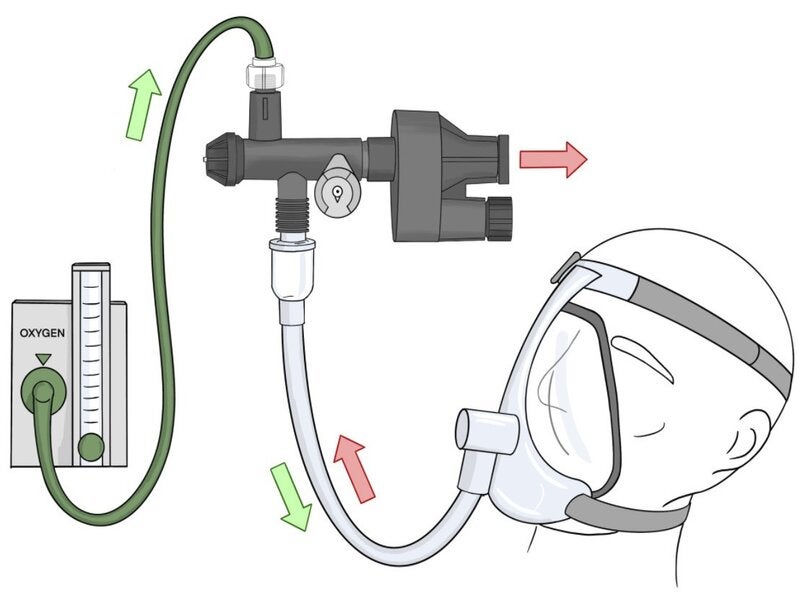
The US Army Research Laboratory (ARL) has supported efforts to design 3D-printed ventilators for use by Covid-19 infected patients.
ARL developers partnered with civilian partners to produce emergency ventilators. The collaboration is in response to help meet the shortage of ventilators during the pandemic.
The low-cost, handheld gas ventilator is called Illinois RapidVent. It is suitable for soldiers in battle as the device is almost the size of a water bottle.
Illinois-based ARL researcher Tonghun Lee said: “Our business model already enables us to situate with the leading researchers at regional hubs; we are in the midst of the action, so to speak, as needs arise for military and civilian needs.”
Led by researchers from the University of Illinois at Urbana-Champaign’s Grainger College of Engineering and Carle Health, the design team includes more than 40 engineers, doctors, medical professionals and manufacturers.
Lee added: “We got together with the hospital staff here and found one of the key issues people die from is the lack of ventilators. Ventilators essentially pump air into your lungs and withdraw air out.”
How well do you really know your competitors?
Access the most comprehensive Company Profiles on the market, powered by GlobalData. Save hours of research. Gain competitive edge.

Thank you!
Your download email will arrive shortly
Not ready to buy yet? Download a free sample
We are confident about the unique quality of our Company Profiles. However, we want you to make the most beneficial decision for your business, so we offer a free sample that you can download by submitting the below form
By GlobalDataDeveloped in less than a week, the device has completed two million successful test breathing cycles. It can be attached to oxygen sources in hospital rooms or to an oxygen tank.
Illinois RapidVent can be used until a standard ventilator becomes available.
ARL researcher Eric Wood said: “The really sick patients would stay on the full ventilators. Our [3D-printed ventilators] are intended for patients who need a ventilator but are not sick enough to displace those who are really sick, but still need a ventilator to survive.
“The hospital staff [we’re working with] made it clear with this design, the goal would be to transition patients onto a [standard ventilator] within a day or two.”



